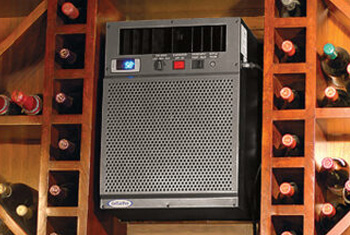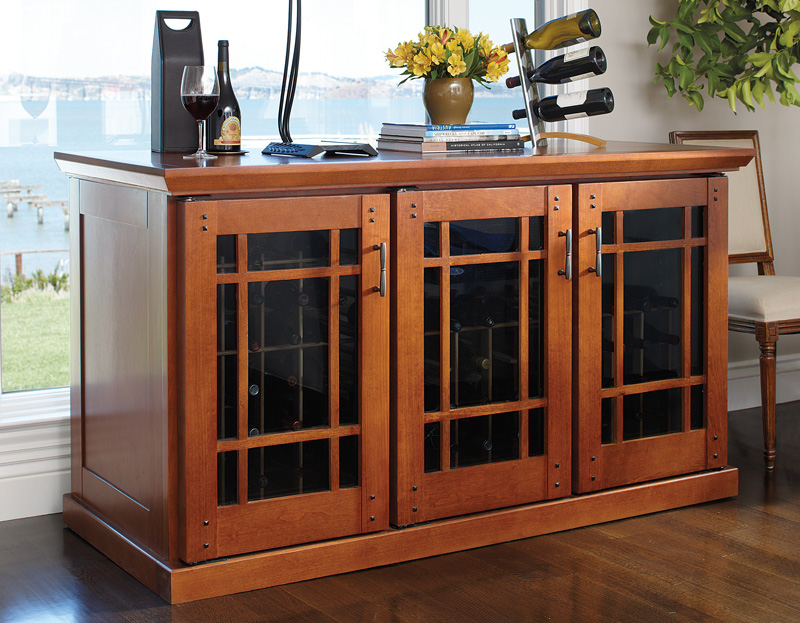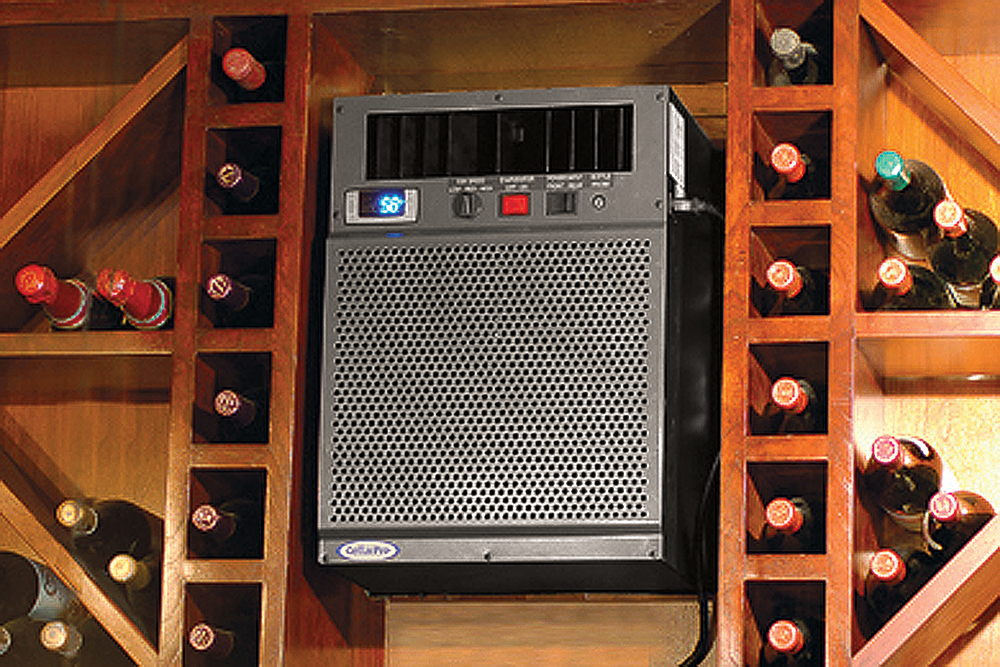
For 17 years, Le Cache wine cabinets used Breezaire cooling units* exclusively in its wine cabinets. In 2006, we started receiving alarming numbers of calls from customers complaining that their cooling unit “won’t get below 60 degrees”, “runs all the time”, “won’t cool properly” and “won’t get above 49 percent humidity”, and started to notice a significant increase in manufacturing defects.
That’s when we decided to develop CellarPro cooling units. At CellarPro, we use premium components and advanced manufacturing and testing processes from beginning to end. As a result, it costs us more to build a CellarPro unit than our wholesale cost to purchase a Breezaire unit.
We asked our manufacturing engineer why so many Breezaire cooling units are failing after just 3 years in the field.

What are the most common Breezaire failures?
Based on 50 Breezaire unit repairs:
41 – Leak in the Evaporator
9 – Controller Failure
2 – Leak in the Gas Loop
2 – Cap/Strainer Failure
1 – Compressor Failure
1 – Fan Failure Failure
This data outlines the general trends, and some units had multiple issues. The most common is a leak, so if the cooling unit did not have a charge, we started to replace the evaporator, hot gas loop and cap/strainer, rather than completing detailed leak detections on each unit. About 10% of leaks appear to be in the gas loop, with the remaining leaks within the evaporator.
What is causing the Breezaire failures?
Controller:
This is not a quality component. Between 15 and 20% of the returned leaking units also have a bad controller. Having the unit run excessively creates two problems:
1) Increased coil wear on the inside due to long run times and cap tube system inability to regulate, so velocities can get higher than optimal.
2) Long runs create excessive moisture on the cold side, and heat on the hot side, which accelerates the corrosion of the hot gas loop.
Evaporator leaks:
Not conclusive, but I believe a portion are internal source leaks due to controller problems or undersized units causing excessive run times. Another factor could be that Breezaire does not evacuate their coils as effectively, or they leave their systems open too long during the brazing process which can create acids in the oil. If the leaks are external, eg acid from the wine bottles, which is a corrosive agent to coils, Breezaire’s grey coating may not be sufficient to protect against this.
Is there anything that can extend longevity?
Run the unit at the highest setpoint that can be tolerated. At 55F, the Breezaire unit may have to run constantly.

Will CellarPro units experience the same failures?
Our controller is more reliable, we have defrost cycles, we have larger coils to minimize condensate generation, TEV’s to regulate the flow to prevent excessive internal refrigerant velocities, and we have electrofin coating on the coils which is much more effective against external corrosive agents. We have some risk with the hot gas loop, but we do a better job of insulating it from direct contact with other metal. A portion of the BA failures were mechanical due to a sharp mounting bracket crimped down on it, which we do not have.
We make continuous improvements as we learn more from field feedback. With regard to what we’ve seen on Breezaire units, our current design, components, and manufacturing processes minimize our risk of similar field failures.
*Le Cache wine cabinets used Breezaire’s WKB 1060 and WKB 2200, which are the same as WKD 1060 and 2200, WKC 1060 and 2200 and WKCE 1060 and 2200 cooling units, except that the “E” units have Electronic, rather than mechanical, controls.